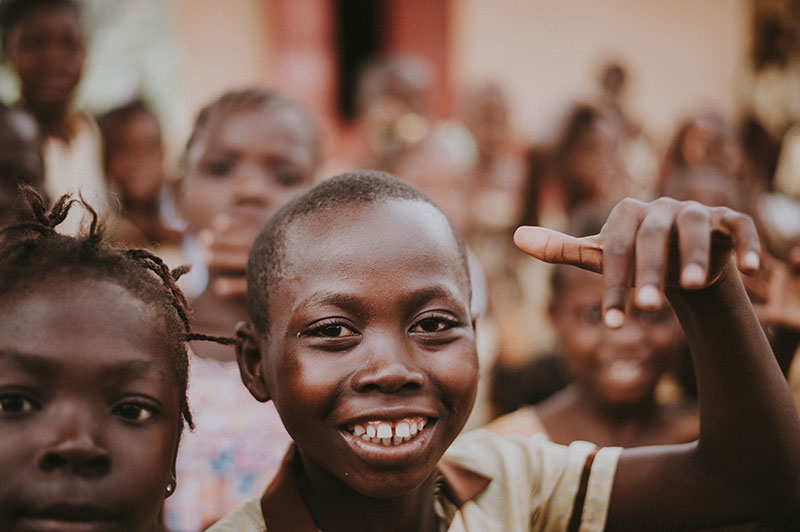Zagreb, Croatia 2020.






As the response to COVID-19 continues, health systems need to take additional action on immunization to reduce the possibility of outbreaks of other infectious diseases and new losses of life. These include the provision of emergency epidemic programs in places where services are disrupted, the provision of strong supply chains, disease surveillance and trained health professionals.
The new WHO Immunization Guidelines and COVID-19 recommend that temporary immunization campaigns be suspended where there is no active epidemic of a vaccine-preventable disease. However, it is urged that priority be given to continued routine immunization of children, as well as adult vaccination, as in the case of influenza, for the groups at highest risk. If immunization activities are to be discontinued, vaccination should be compensated as soon as possible, favouring those at the highest risk.
